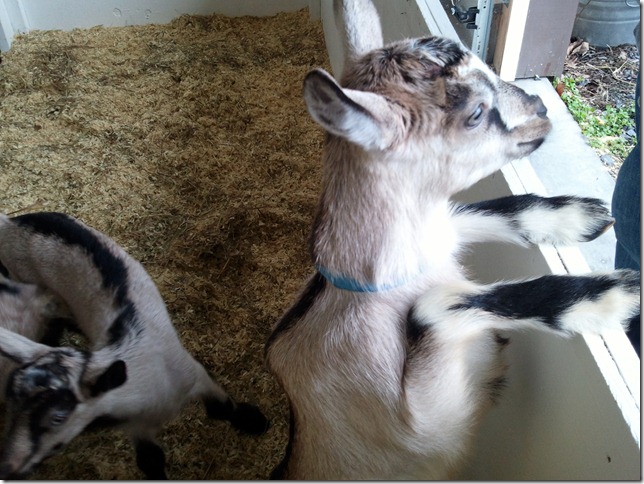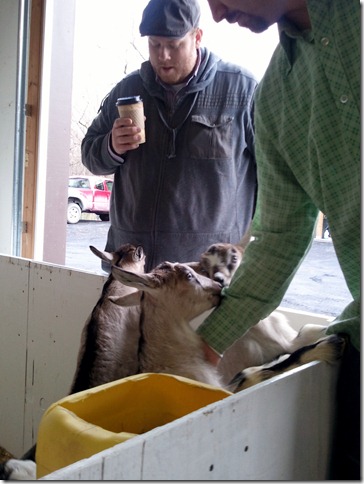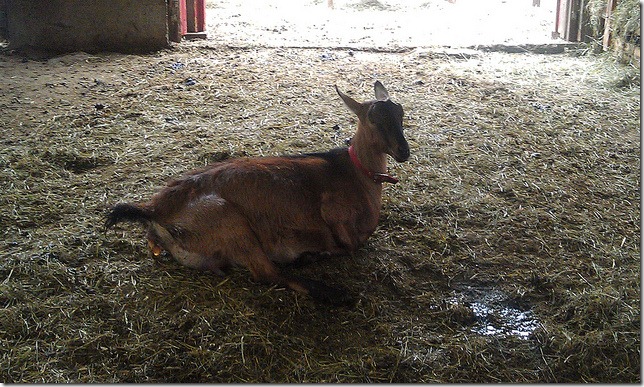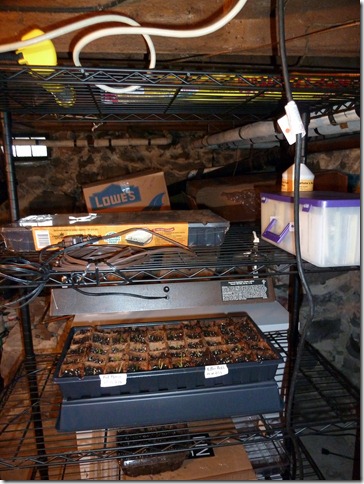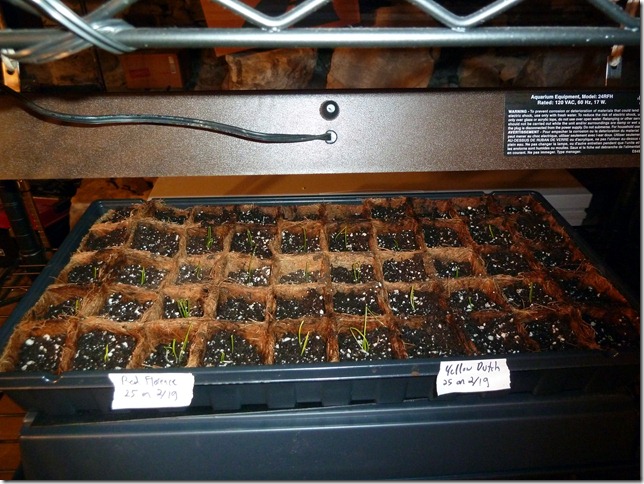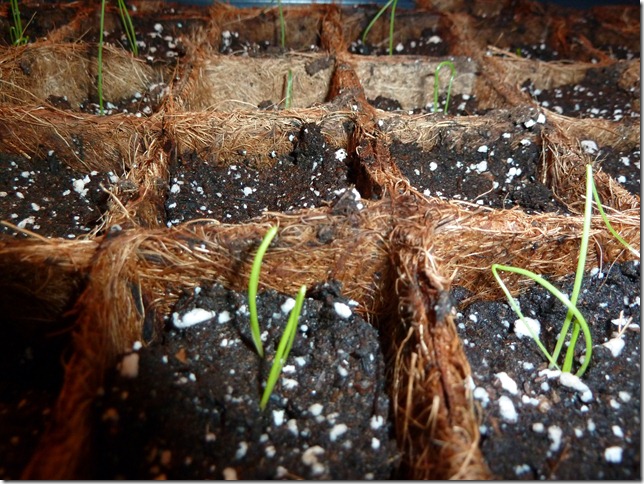In my last post I talked about making sausage. Making bacon was my other initial charcuterie project. It’s not that hard, but it takes more time (in duration, not effort) to complete. You also need some special ingredients, mainly pink salt. Pink salt is salt that contains sodium nitrate. It is colored pink because it looks just like regular salt and you don’t want to accidently use it like regular salt, because in large quantities it is toxic. But you actually use very little at a time to cure meat, so it’s perfectly fine that way. The purpose is to inhibit unwanted bacterial growth, particularly the kind that cause botulism. I got my pink salt, as well as sausage casings from Butcher and Packer, which is one of the sources recommended in the Ruhlman Charcuterie book.
The most important thing when making bacon is starting with great meat and I got my pork belly from Maple Wind Farm. It was a nice thick cut, coming in at a little over 8 lbs.
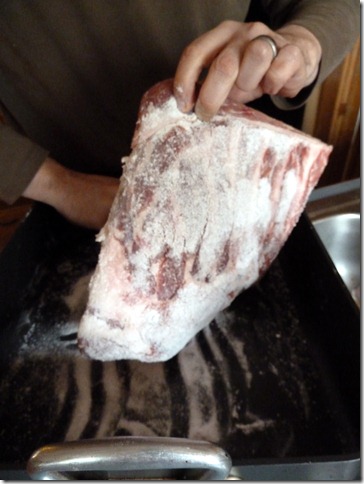
The first step is the curing process, which takes place in the fridge and takes about a week, depending on the size and thickness of the meat. I did two variations on the basic cure in the Charcuturie book, one a sweeter cure with real Vermont maple syrup and one a savory cure with peppercorns, garlic and bay leaves.
Here is the cured bacon ready to rest in the fridge.

I decided to go ahead and smoke the bacon. Fortunately the Saturday I picked worked out, even though it was March. It was quite a nice day, although it got chilly towards the end of the process. As you can see, it’s quite hard work.
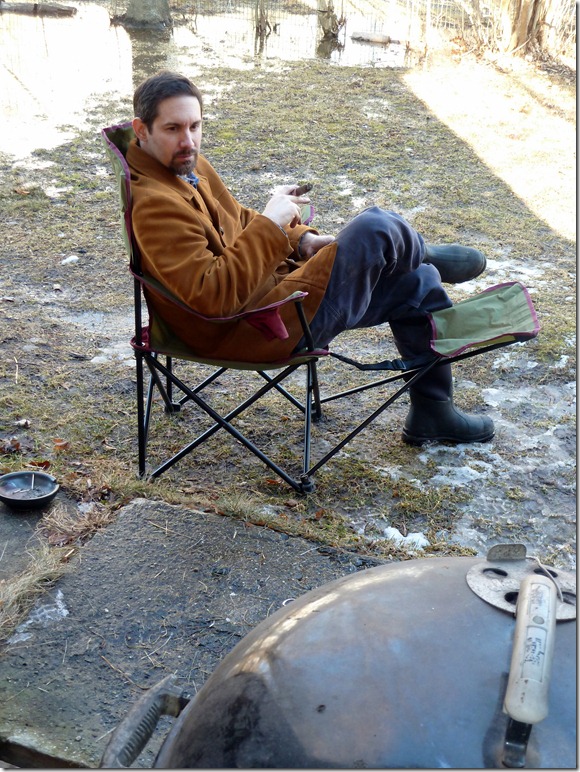
As smokers (at least decent ones) can get rather expensive and I’m just starting out, I decided to try something I found on AmazingRibs.com. There is a device called a Smokenator that turns an ordinary Weber kettle grill into a smoker. Since I already have a Weber, it seemed worth a shot.
I have to say it worked pretty well. I got a Maverick Two-In-One Oven and Roasting Digital Thermometer with Timer as well to monitor it. This thermometer combines a probe that goes into the meat with a sensor on the top of the probe to monitor the air temperature of the oven or grill. Pretty nifty.
as well to monitor it. This thermometer combines a probe that goes into the meat with a sensor on the top of the probe to monitor the air temperature of the oven or grill. Pretty nifty.
I took an hour or so to “practice” and try to determine the optimal vent settings to get the temperature I was after, somewhere in the 200 degrees area. It was actually pretty interesting how much the system settled in and stayed at the right temp. One thing I did (recommended in the Smokenator instructions) was to use some basic binder clips around my lid. Before I did that, I could see some smoke escaping which meant the system was airtight.
I used normal Kingsford charcoal and apple wood chips for the smoke. I had to fiddle with it every so often to knock the ash off the coals and check the water supply, but it wasn’t much trouble at all. Ended up taking about 3 1/2 hours all together to reach my target temperature on the bacon.
Here’s the finished product.

After slicing. Check out the nice pink color.
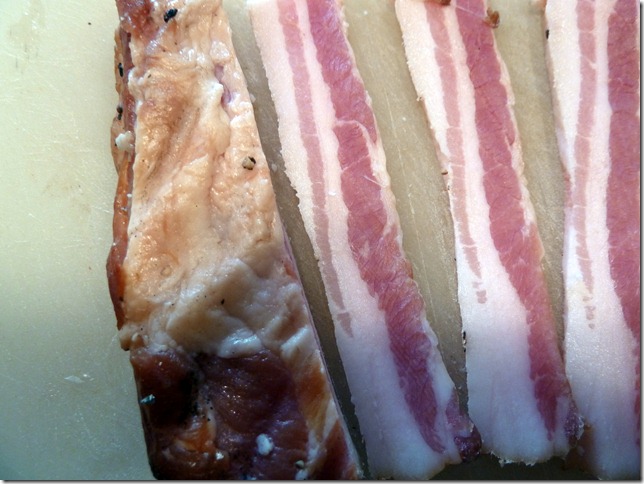
And here’s what it looks like in the pan.
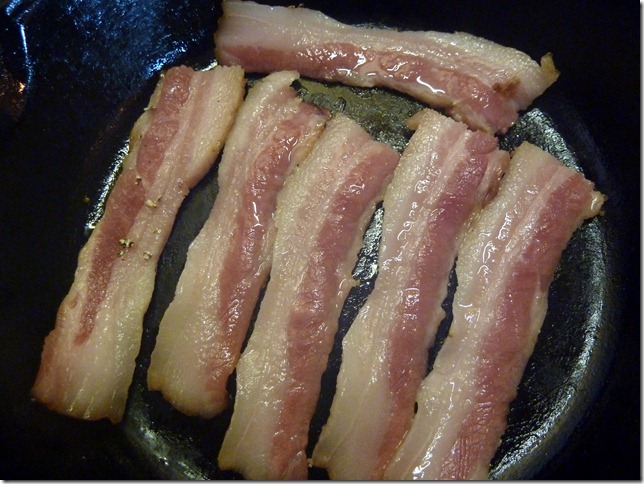
All in all, it turned out very tasty. I could use a bit more maple flavor in the sweet cure. This bacon is not super salty, but I’m actually okay with that since I have high blood pressure and need to watch salt and fat intake anyway. Watching the fat intake is going to be difficult with this tasty stuff, but at least I know everything that went into it.

